Understanding the Essentials of Cow Milking Machines
Exploring the realm of dairy farm equipment, a cheap cow milking machine stands out as a pivotal investment for efficient milk production. These machines are engineered to mimic the natural milking process, providing a seamless transition from manual labor to mechanical efficiency. In this comprehensive guide, we delve into the intricacies of cow milking machines, their construction, and operational features.
Key Components and Features
At the heart of a cow milking machine are several critical components: the claw, pulsator, milk tube, and teat cups. The claw serves as a conduit, linking the teat cups with the pulsator and tubes, and is crafted from durable materials like plastic or stainless steel. Teat cups play a dual role, safeguarding the teats and ensuring a secure fit during the milking process. The pulsator's primary function is to regulate the machine's suction, preventing potential harm to the cow by maintaining proper blood and lymph circulation. The milk tube, an essential part of the system, facilitates air entry, which gently massages the teats and promotes healthy blood flow.
Considerations for Selection
When considering the acquisition of a milking machine, several factors warrant attention. Hygiene tops the list, as it is crucial for maintaining milk quality and animal health. Opt for a machine that offers ease of cleaning post-milking. The machine's longevity is another consideration; selecting a device constructed from robust materials ensures extended service life. Additionally, consider the availability of milking machine spare parts to address any unforeseen repairs promptly. Lastly, the operational noise level is a factor, with a preference for machines that operate quietly to maintain a calm environment for the cows.
Applications and Advantages
The primary application of a milking machine is to streamline the milking process, making it more efficient and less labor-intensive. This mechanization offers numerous advantages, including consistent milking routines, reduced physical strain on workers, and the potential for improved milk yield and quality. Moreover, the gentle milking action can be less stressful for the animals compared to manual methods.
Materials and Durability
Materials used in the construction of a milking machine are selected for their durability and suitability for contact with food products. Stainless steel and high-grade plastics are commonly used, providing a balance between strength and ease of maintenance. These materials also contribute to the overall milking machine lowest price by offering longevity, reducing the need for frequent replacements.
Conclusion
For dairy operations seeking cost-effective solutions, a cheap cow milking machine can be a valuable addition. It is essential to evaluate the machine's features, ease of maintenance, durability, and operational noise to ensure it meets the specific needs of your dairy farm. While Alibaba.com serves as a marketplace to connect buyers with a variety of suppliers, offering a range of models to suit diverse requirements, it is advisable to conduct thorough research to find the most suitable option for your dairy operation.
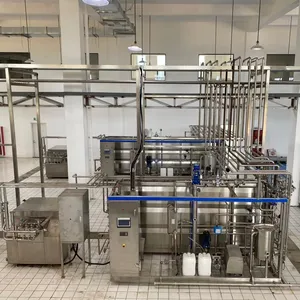


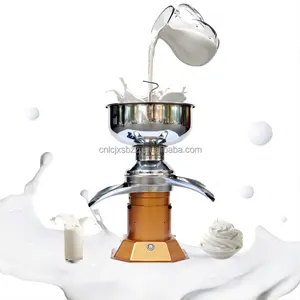



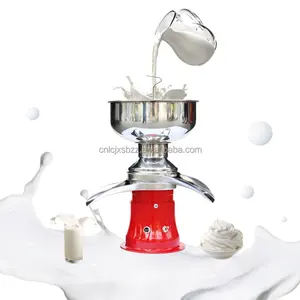




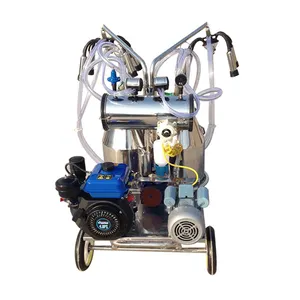
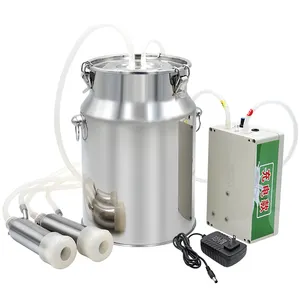
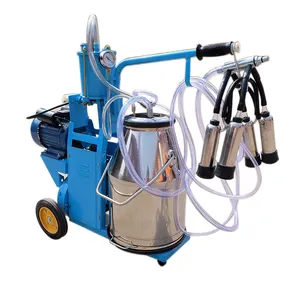
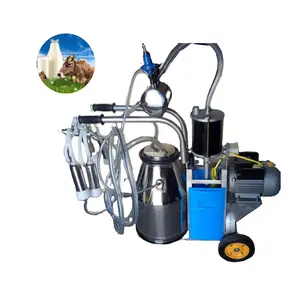

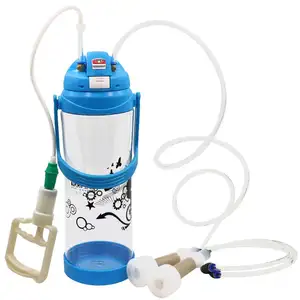





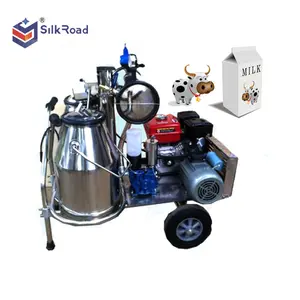

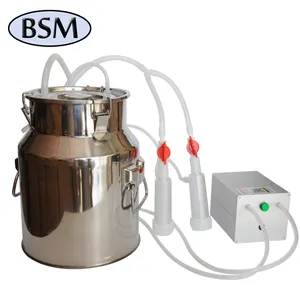


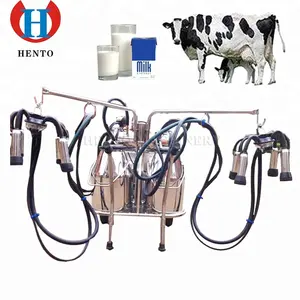





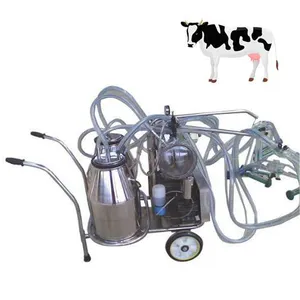

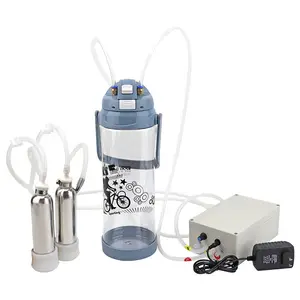




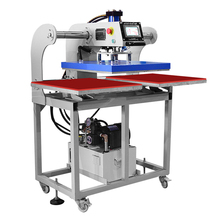
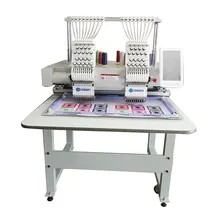



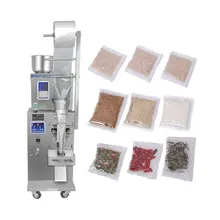



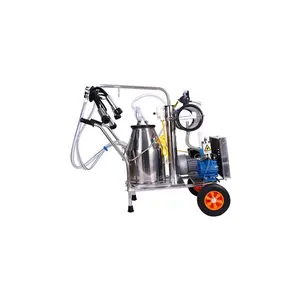
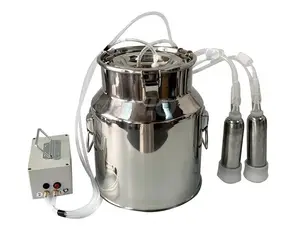
























 浙公网安备 33010002000092号
浙公网安备 33010002000092号 浙B2-20120091-4
浙B2-20120091-4